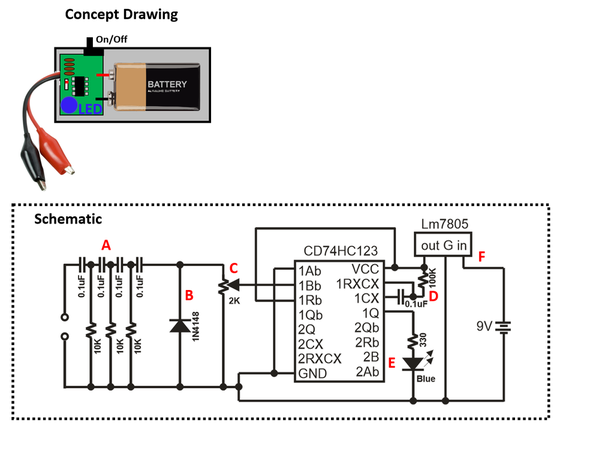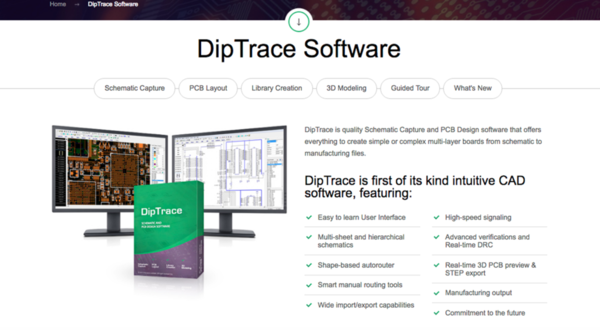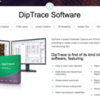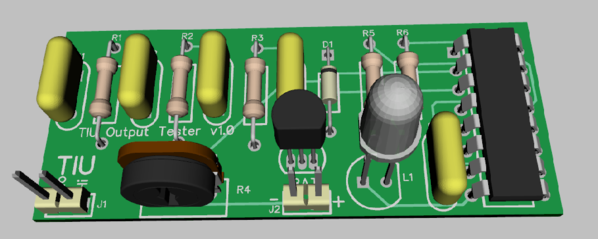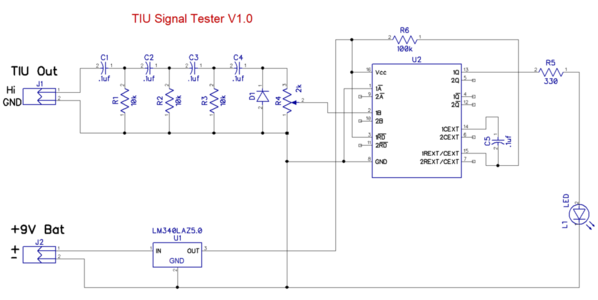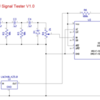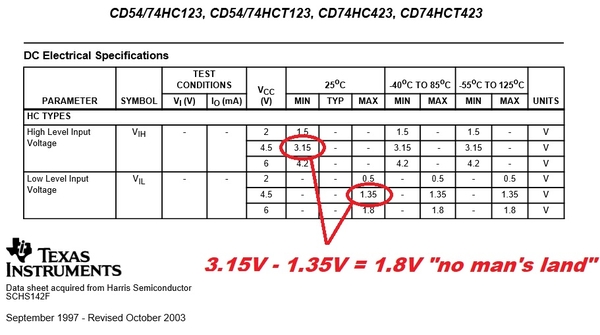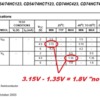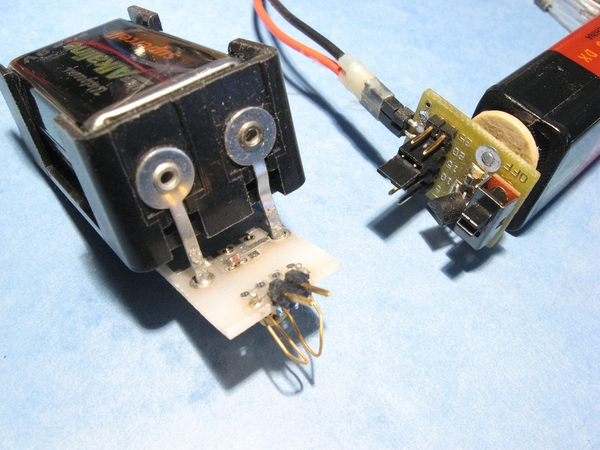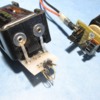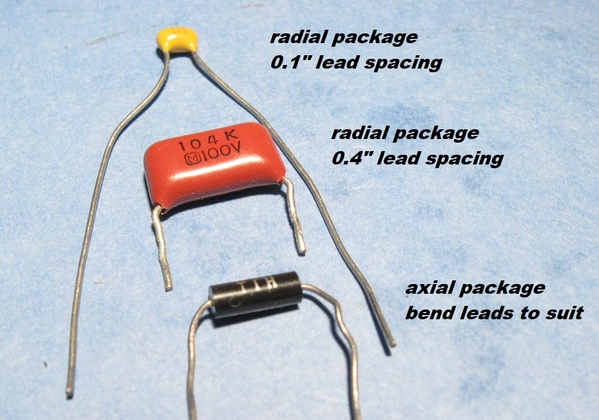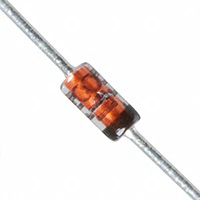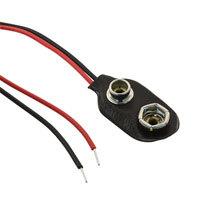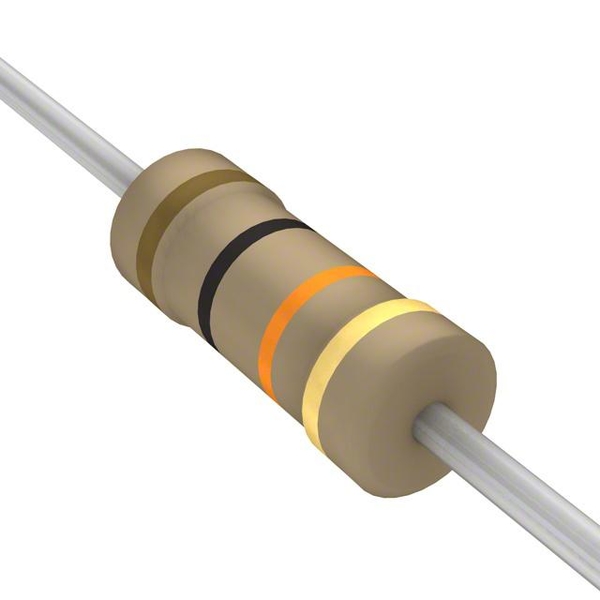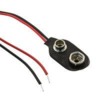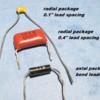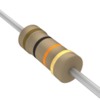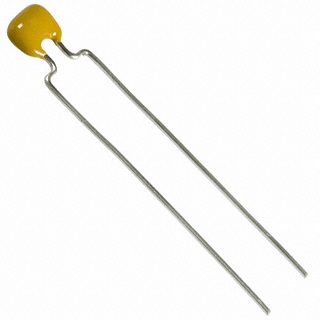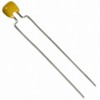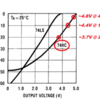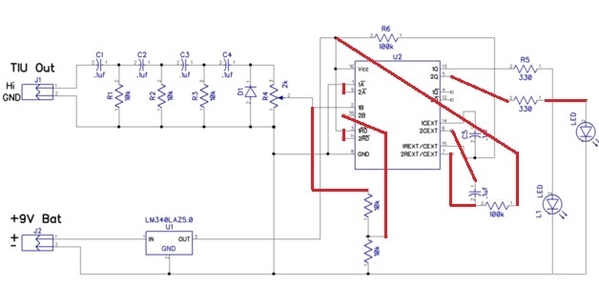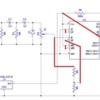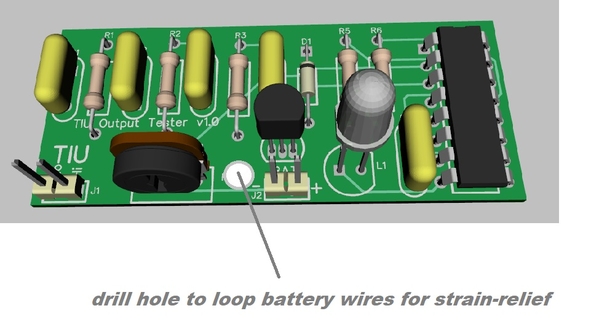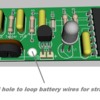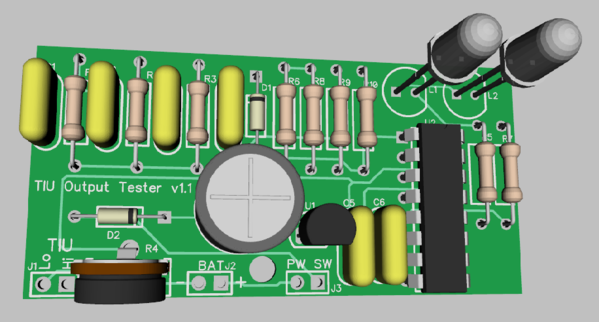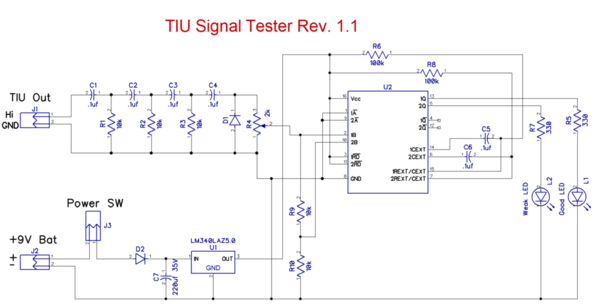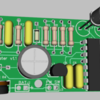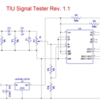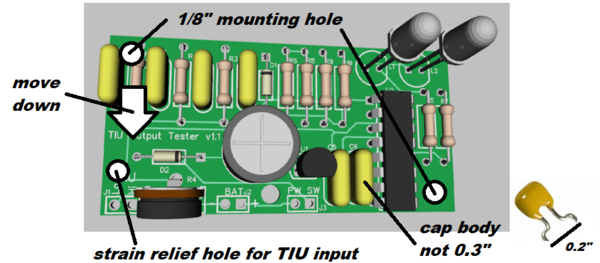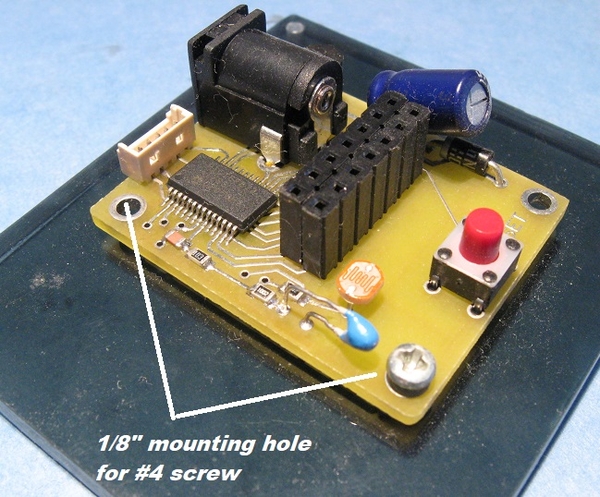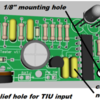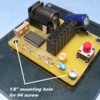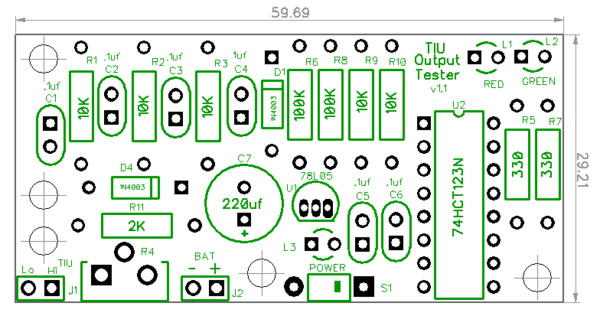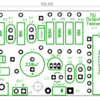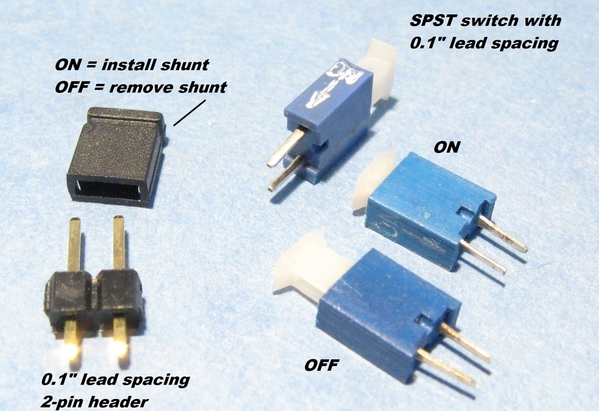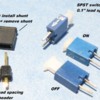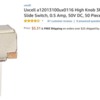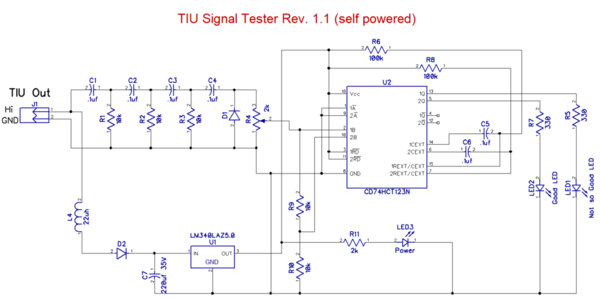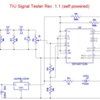First, I attached the TIU Signal Tester Diptrace Files.zip, so you can load these into DipTrace and see exactly what I have, and even modify it if you like.
You searched for SN74HC123N, there isn't that specific part. However, if you leave off the "SN", you do get a couple hits.

In the case I stated, I searched for 123N, that yields 12 parts. Note the SN prefix was only on the xxLS123N parts.

As far as the pot, I had a larger one of the same style in there, but when I looked for it, it wasn't stocked anywhere. Oh, all the resistors are 1/4W, and the caps are all 50V or better.
Adrian didn't have pin numbers on his drawing, but I tumbled to the fact that he had the chip laid out like it physically appears, so pin 1 is the left top, then you count down and around and up the other side. Given that "clue", I just used the hopefully correct pin numbers to match his design. 
There was no specific plan to make this as small as possible, I just arranged the components in a square in a somewhat logical pattern based on the interconnections and then drew the board outline around them. I didn't see any reason to squeeze it any further, if I really wanted to, it could probably be half an inch shorter.
As far as "customization", I do have my own set of libraries that I add parts to. I try not to modify the stock DipTrace libraries so that upgrades are painless. If I hack their libraries, I'd have to go back and do it again for updates. However, it's easy to create user libraries.
Using OSH Park is dead simple! You just create an account, and when you login, you're presented with a "start" page. Drag-n-drop the Gerber ZIP file onto the page and follow your nose.
For quantities of boards, you can also consider SEEED Studio, you can get ten boards for around the price of three on OSH Park. SEEED does take longer, I'm still waiting on my order of PCB's for the TMCC Buffer surface mount version, ordered on June 23rd. However, three of those from OSH Park would have been $43, and they were only $12.69 from SEEED Studio, so I went for the cheap option, I've already invested hundreds into the TMCC Buffer project with no returns yet, I can wait a couple extra weeks. 




